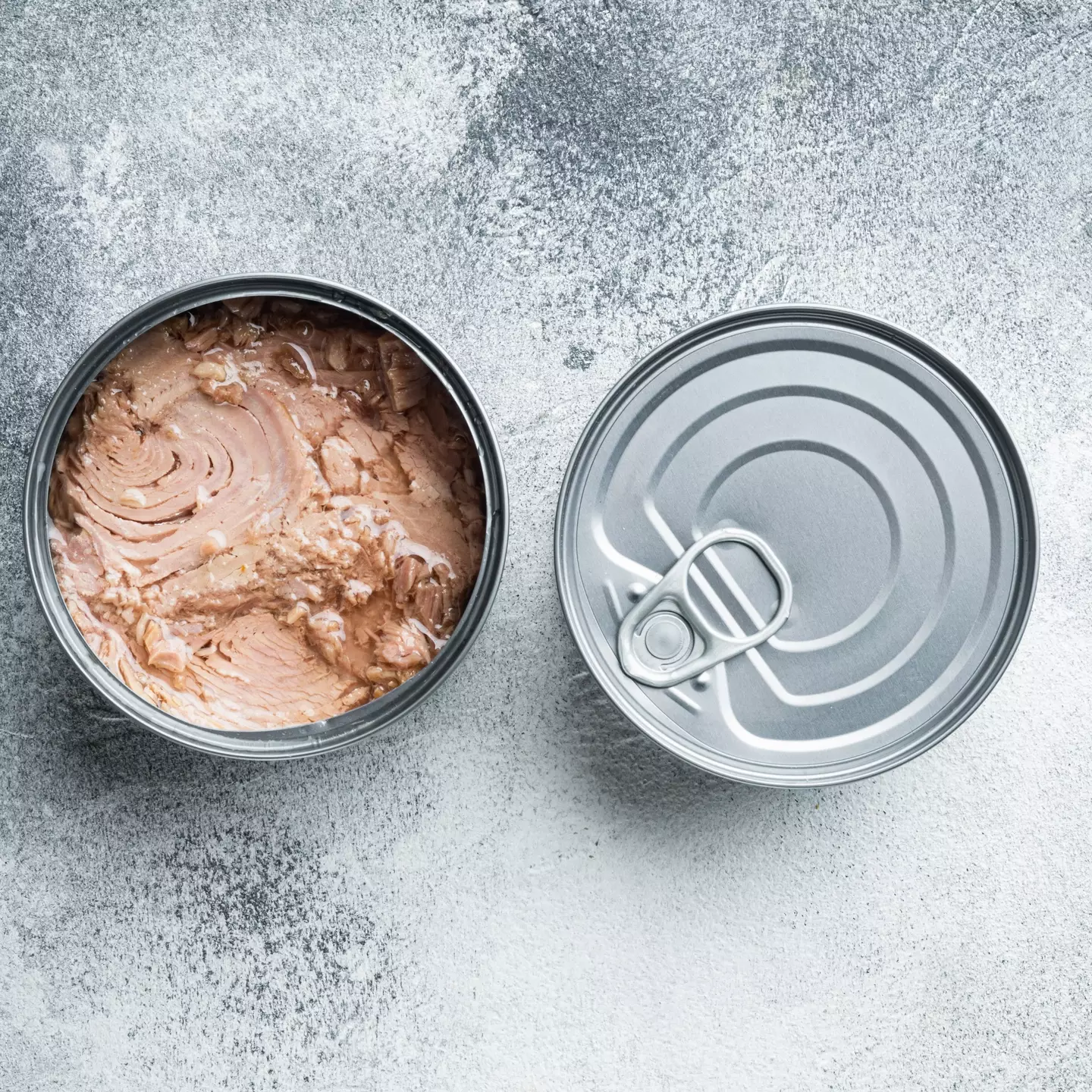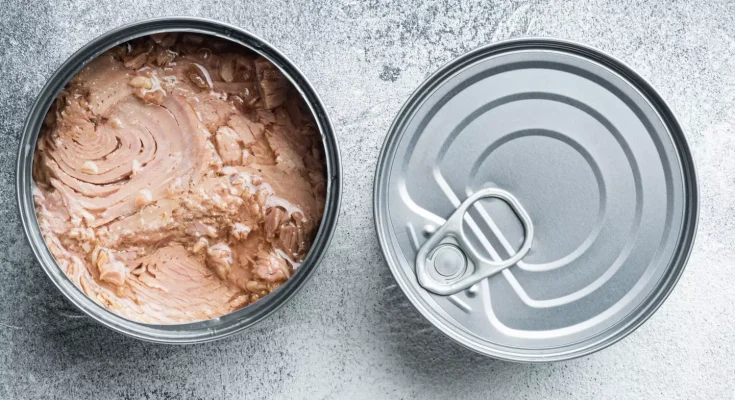Tinned tuna has long been a convenient and nutritious staple in diets worldwide, especially popular in Europe for its rich omega-3 content. But a recent study has revealed alarming levels of mercury in tinned tuna across Europe, sparking calls for the product to be banned in schools, hospitals, and care facilities. This article explores the health risks linked to mercury in tuna, the potential dangers to vulnerable groups, and the push for regulatory action to protect public health.
The Alarming Mercury Findings in Tinned Tuna

A recent study involving nearly 150 tins of tuna sourced from the UK, France, Italy, Germany, and Spain found that every sample contained mercury, a harmful heavy metal. Even more concerning, 57% of these samples had mercury levels exceeding the safe limits for fish, as established by various health agencies. The high mercury levels in tinned tuna raise critical health concerns, especially for vulnerable populations like children, pregnant women, and the elderly.
According to the findings, tuna is one of the most heavily contaminated fish species due to its place in the food chain. Because tuna consume smaller, mercury-laden fish, they accumulate significant mercury levels over time. As a result, eating contaminated tuna can lead to mercury buildup in the body, with potentially severe health consequences.
Health Risks Associated with Mercury Exposure
Mercury exposure poses significant risks to human health, affecting various systems in the body. Prolonged exposure to high levels of mercury can result in:
- Nervous System Damage: Mercury toxicity can severely affect the central nervous system, leading to memory loss, tremors, and difficulty concentrating.
- Vision and Hearing Impairment: High levels of mercury can impair sensory functions, resulting in blurred vision, hearing loss, and speech difficulties.
- Respiratory Issues: Exposure to mercury has been linked to serious lung damage, with symptoms that can mimic respiratory infections.
- Gastrointestinal Symptoms: Nausea, vomiting, and other flu-like symptoms are common effects of mercury toxicity.
- Cancer Risks: Studies suggest that chronic mercury exposure may be linked to certain types of cancer.
Given these risks, many public health experts are alarmed that such a commonly consumed food product could carry potentially dangerous mercury levels.
Vulnerable Groups and Calls for a Ban in Public Institutions
Advocacy groups like Bloom and Foodwatch have raised concerns that vulnerable groups, including children, hospital patients, and pregnant women, may face heightened health risks due to mercury-contaminated tuna. They argue that those relying on institutional meals—such as in schools, hospitals, and care homes—often have limited control over their food options, making them especially susceptible to health risks from mercury.
Because these individuals may lack choices in their diets, campaigners are urging European authorities to remove tinned tuna from public institutions until safety standards can be thoroughly reviewed and enforced. This call to action aims to prevent mercury exposure for those most vulnerable and to emphasize the need for protective food policies in public institutions.
Why Are Mercury Levels in Tuna So High?
The European standards for mercury levels in fish vary significantly between species, and for tuna, the mercury tolerance is set at 1mg/kg—three times higher than for less contaminated fish. According to Bloom, this leniency allows up to 95% of mercury-laden tuna to be sold legally. Critics argue that this threshold is too high, prioritizing economic benefits over consumer safety, as it permits tuna with higher mercury concentrations to enter the market.

This threshold issue has led Foodwatch to describe the mercury levels in tuna as a “colossal risk to public health.” They assert that the industry’s influence and lobbying have maintained a higher permissible mercury level for tuna, a decision they believe jeopardizes millions of European consumers’ health.
Proposed Regulations and Demands for Safer Standards
Bloom and Foodwatch are pushing for several actions to address the mercury risk in tinned tuna. Their proposals include:
- Stricter Mercury Limits: Both organizations are calling for a reduction in the permissible mercury levels for tuna to match the standards set for other fish.
- Clearer Labelling: Campaigners are demanding labels on tuna products that disclose mercury levels and warn consumers of potential health risks, especially for vulnerable groups.
- Retailer Accountability: Foodwatch and Bloom urge major European supermarkets to stop stocking tuna products that exceed safe mercury levels, protecting customers from unnecessary exposure.
- Halt on Tuna Advertising: They also propose pausing promotional advertising for tinned tuna products until updated standards and safety information are in place.
Karine Jacquemart, CEO of Foodwatch, has called the situation a “health scandal” and stated that they would continue to press for a safer European standard for mercury in tuna until meaningful action is taken.
UK Food Standards Agency’s Position on Tuna Consumption
The UK’s Food Standards Agency (FSA) has also issued guidelines regarding tuna consumption, particularly for pregnant women or those planning pregnancy. Women in these categories are advised to limit their intake to two tuna steaks or four cans of tuna weekly due to mercury concerns. FSA’s Chief Chemical Contaminant, Mark Willis, noted that tuna contains higher levels of mercury than other fish, thus necessitating strict dietary limitations.

Current regulations in the UK and EU limit mercury content in tuna to 1mg/kg, which Bloom and Foodwatch argue is insufficient to safeguard public health. The fact that over half of the tested tins exceeded the 0.3mg/kg limit applied to other fish suggests that tinned tuna’s higher permissible levels may be exposing consumers to significant health risks.
The Influence of Industrial Tuna Fishing and Lobbying
Environmental and consumer rights advocates have criticized what they see as the fishing industry’s undue influence on public health policies. They argue that lobbying has prioritized industry profits over stringent health protections, creating a “cynical” situation where the economic interests of the tuna fishing industry overshadow consumer safety.
According to Bloom, European authorities currently allow high mercury thresholds to avoid disrupting the tuna supply, a practice they say is contrary to the duty of protecting public health. Critics argue that tighter restrictions are necessary to prioritize consumers’ health over the industry’s economic interests.
Conclusion: Rethinking the Place of Tinned Tuna in Our Diets
The findings on mercury in tinned tuna present a critical moment for public health policy and consumer awareness. While tinned tuna has been a beloved and convenient dietary staple, these recent revelations underscore the need for stricter regulations and transparency around mercury contamination. By setting safer mercury limits, adding clearer labels, and limiting tinned tuna in public institutions, policymakers can take meaningful steps to protect consumers—particularly vulnerable populations.
As the debate over mercury standards continues, consumers must stay informed about the potential risks associated with tinned tuna. With awareness and advocacy, positive changes can be made to ensure that one of the world’s most popular seafood items can be enjoyed without compromising health.



